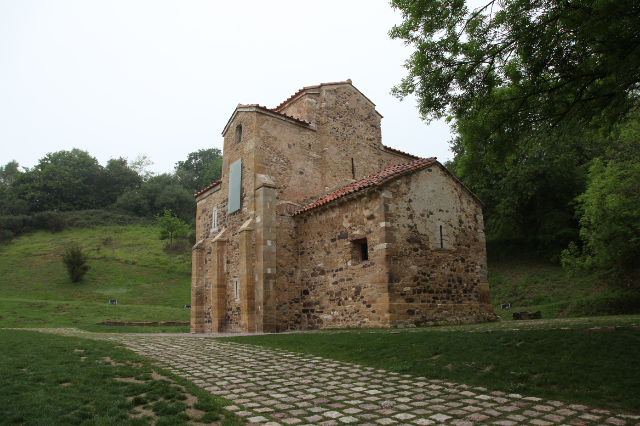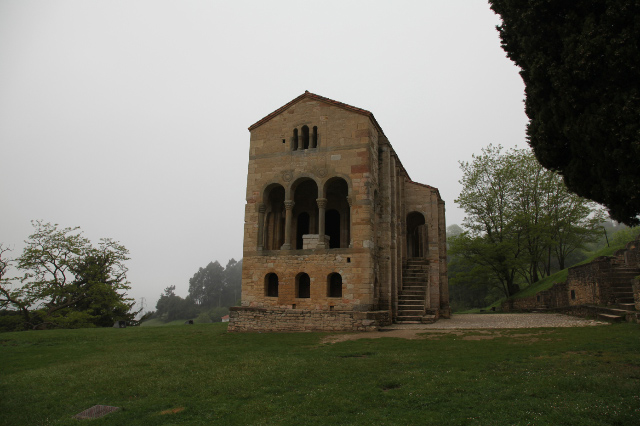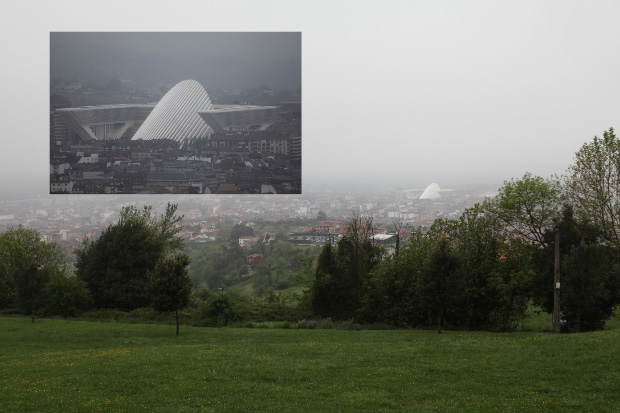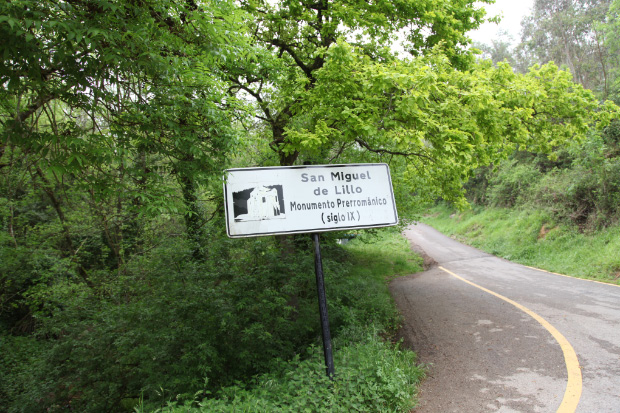| |
Yes, though European Christians, even those in Spanish-speaking countries outside of Spain, will likely be unaware of this, as indeed was your humble narrator, Asturian is a separate language from Spanish, and one more reminder of the glorious beauty and diversity within European Christendom. With a fertility rate very low even by present, pathetic Spanish standards and among the very lowest in Europe – about half bare replacement level – absent a cultural paradigm shift — dramatic, soon and in the direction of United European Christendom — we will not be having reason for much longer to celebrate the richness of the Principality of Asturias, of northern Spain and of all of Spain. |
|
| |
|
|
| |
Sí, aunque los cristianos europeos, incluso los de los países de habla hispana fuera de España, es probable que sea consciente de esto, como de hecho fue su humilde narrador, asturiana es un lenguaje independiente del español, y un recordatorio más de la belleza y diversidad gloriosa dentro la cristiandad europea. Con una tasa de fecundidad muy baja, incluso por la actualidad, las normas españolas patéticos y entre los más bajos de Europa – el nivel de reemplazo sobre medio desnudo – en ausencia de un cambio de paradigma cultural — dramático, pronto y en la dirección de Cristiandad Europea Unida — no vamos a tener razón por mucho más tiempo para celebrar la riqueza del Principado de Asturias, en el norte de España y de toda España. |
|
 |
|
 |
| |
|
|
Samiguel de Lliño – San Miguel de Lillo
Church of Saint Michael of Lillo |
|
Ilesia de Santa María'l Narancu – Iglesia de Santa María del Naranco
Church of St Mary at Mount Naranco |
| |
|
|
| |
Within the sometime Kingdom of Asturias, a ver few kilometers north of Oviedo and about seventy-five kilometers east of Cangas de Onís and the site of the seminal Battle of Covadonga of 722 Anno Domini, these two lonely IX century structures are situated amidst pasture land within what is now the Principality of Asturias, an autonomous province, or community, on the northern coast of Spain. Set a couple hundred meters apart, the survival into the XXI century of these two Churches is perhaps as extraordinary as are the structures themselves. |
|
 |
|
 |
| Why not a bit of ugly self-indulgence in Ovideo? It fits with what is happening in the rest of Spain. |
|
... but still some monuments to heroic workers of former times, very different men. |
| |
|
|
|
|
| |
Samiguel de Lliño – Church of Saint Michael of Lillo – San Miguel de Lillo |
|
| |
|
|
|
|
| |
dedicada a San Miguel Arcángel – dedicated to Archangel Saint Michael |
|
| |
|
|
| |
Originally a larger Church and dedicated to Saint Mary, Samiguel de Lliño was consecrated in 848, construction having begun a few years earlier, c. 842, at the behest of King Ramiro I of Asturias (c. 790, r. from 842 – 1 February 850). |
|
| |
|
|
|
|
| |
Ilesia de Santa María'l Narancu – Church of St Mary at Mount Naranco – Iglesia de Santa María del Naranco |
|
| |
|
|
|
|
| |
Constructed at the same time as the Church of Saint Michael of Lillo and at the behest of the same King Ramiro I of Asturias, this exquisite Pre-Romanesque structure originally, and continuing for three centuries, served as the aula regia, the great hall of the royal palace for King Ramiro and his successors. Only in the XII century was the building consecrated as a Church, taking the roll and patroness and name from what then became and is now the Church of Saint Michael of Lillo. |
|
|